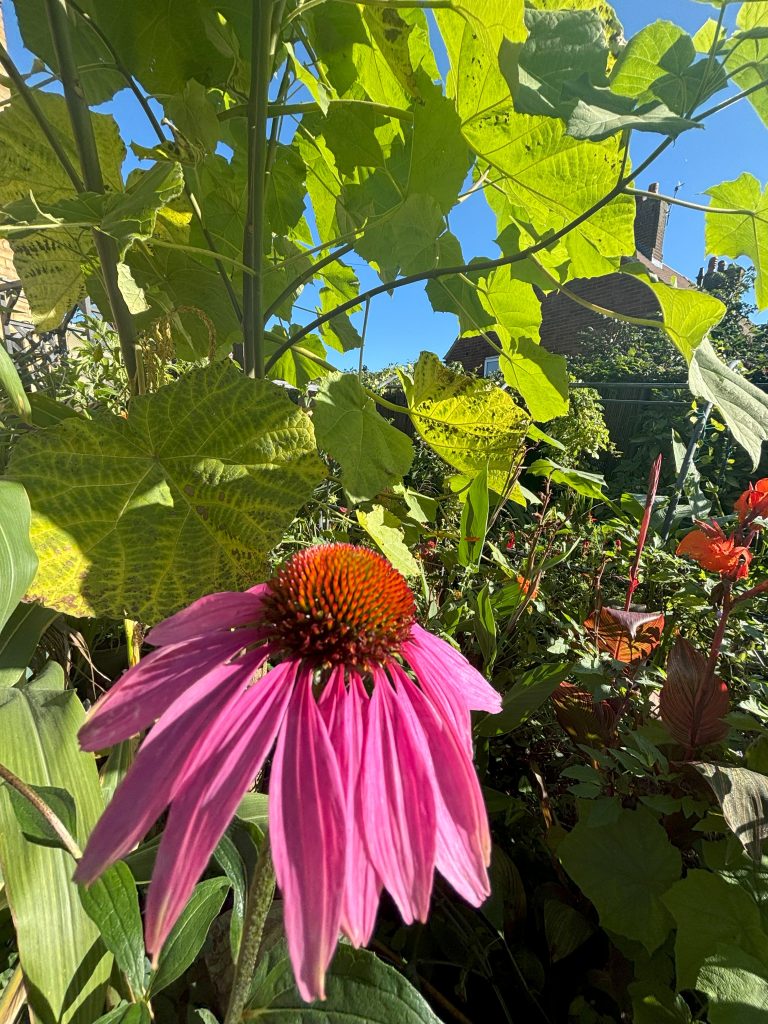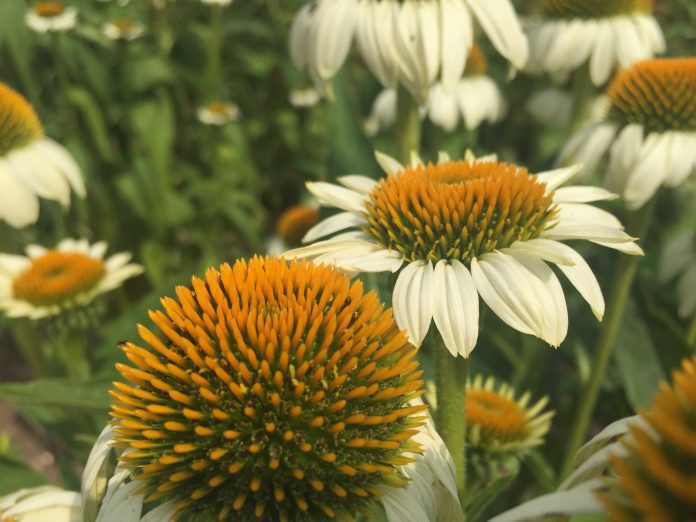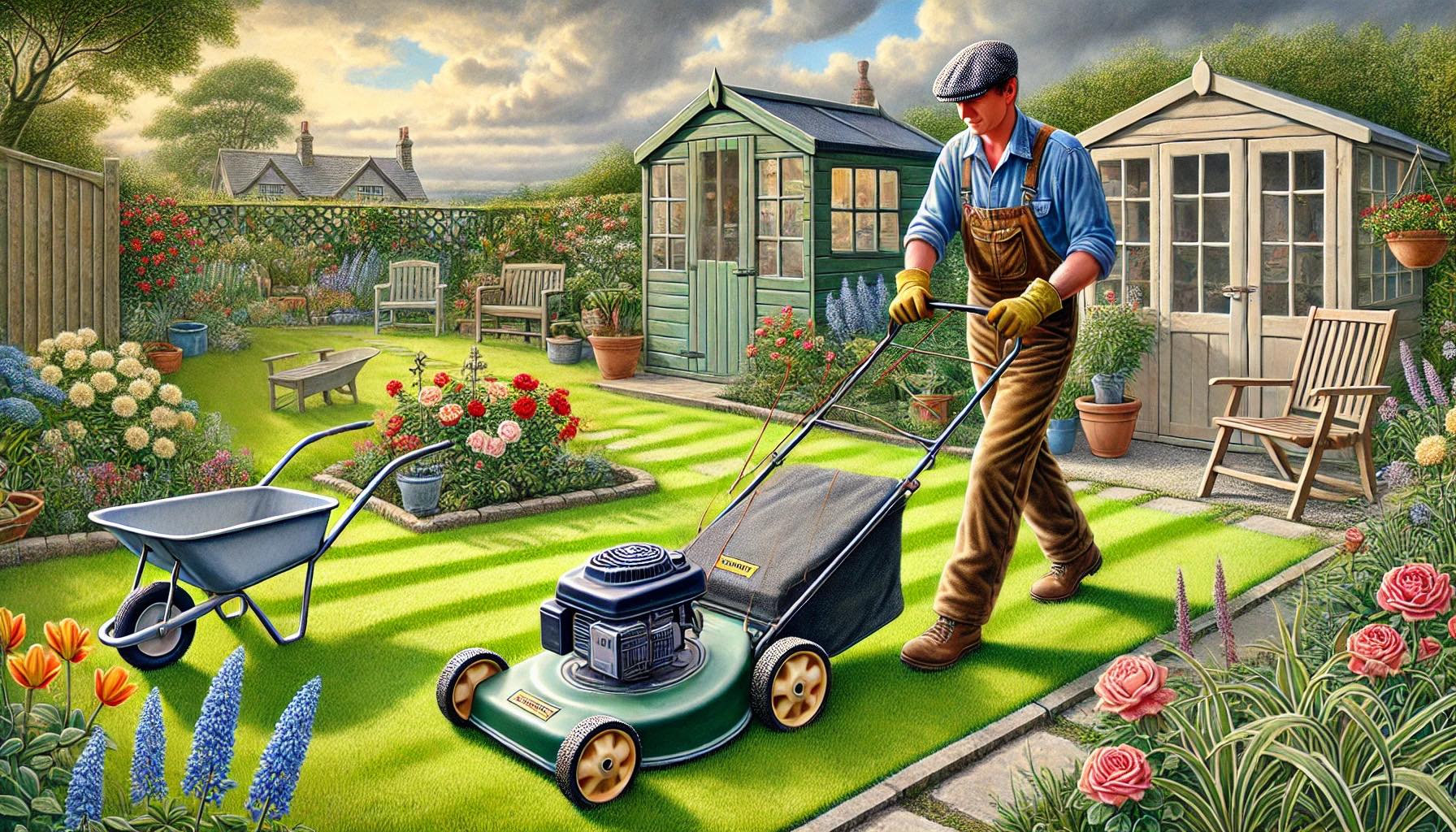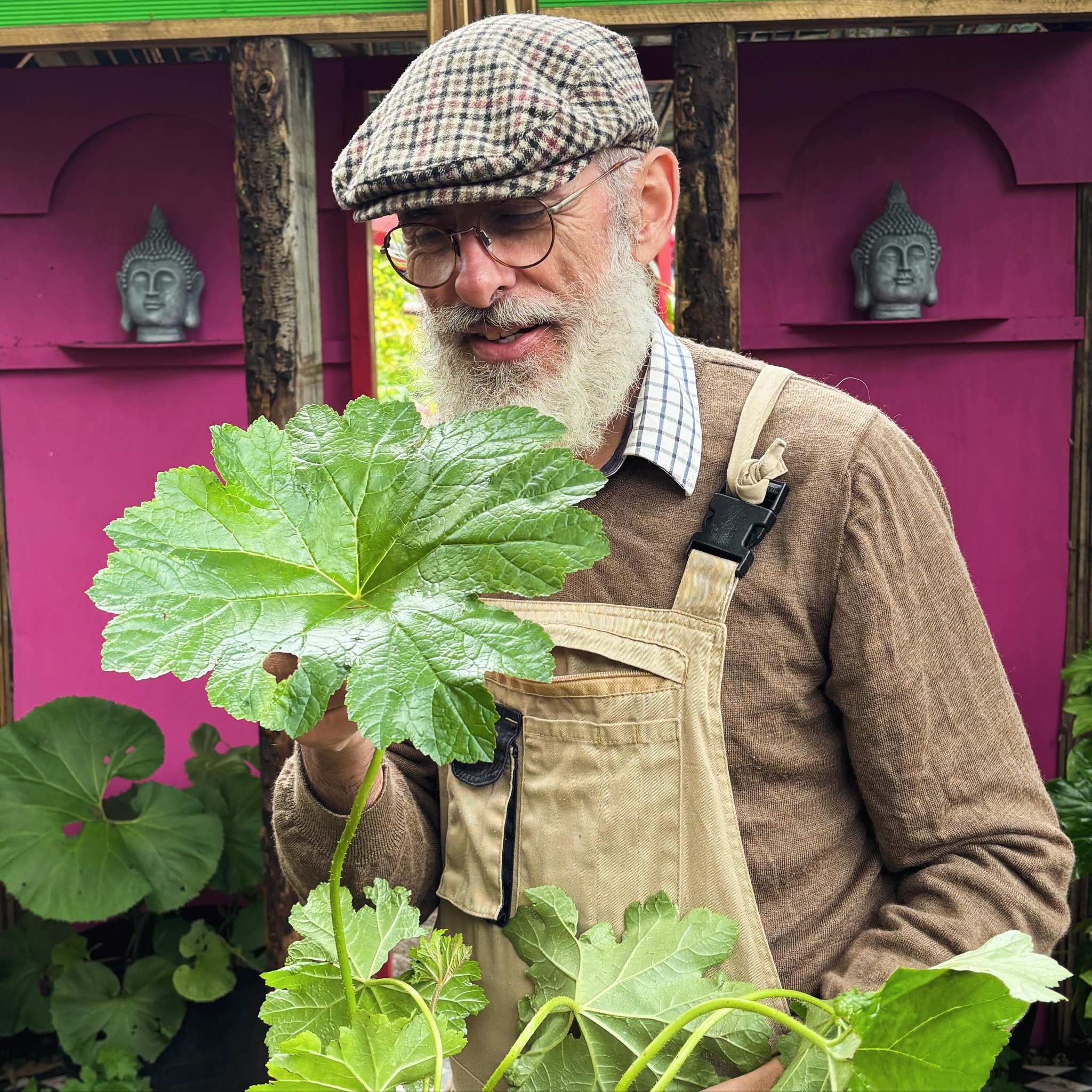Echinacea, commonly known as coneflower, is a resilient and attractive perennial native to North America. With its daisy-like flowers and distinctive cone-shaped centers, Echinacea has become a garden favorite for its long bloom time, vibrant colors, and ability to attract pollinators like bees and butterflies. Not only is Echinacea a beautiful addition to gardens, but it also has medicinal properties. Here’s everything you need to know about growing Echinacea, choosing the best varieties, and caring for these wonderful plants.
1. Choosing the Right Echinacea Variety

Echinacea comes in various species and cultivars, with the most popular being Echinacea purpurea (Purple Coneflower). However, recent hybridization efforts have expanded the color palette and growth habits of these hardy perennials. Here are some standout varieties:
- Echinacea purpurea ‘Magnus’: One of the most popular cultivars, with large, rose-pink petals and a coppery-orange cone. It grows up to 3 feet tall and is a magnet for pollinators.
- Echinacea purpurea ‘White Swan’: A classic white coneflower variety with crisp white petals and a golden-orange cone. It’s perfect for creating contrast in the garden.
- Echinacea ‘Green Twister’: This unique variety features lime green petals with pink centers, offering a striking, bicolor display. It grows to about 3 feet tall.
- Echinacea ‘Cheyenne Spirit’: A hybrid mix that produces flowers in a range of vibrant colors, from red and orange to yellow and purple. It’s compact, growing to around 2 feet tall, making it ideal for borders or containers.
- Echinacea ‘Double Scoop Cranberry’: This cultivar has a unique pom-pom-like center surrounded by cranberry-colored petals. It’s a beautiful, showy variety for adding texture and interest to your garden.
- Echinacea paradoxa: Known as the Yellow Coneflower, this species is a little different, featuring drooping yellow petals and a dark central cone. It’s native to the Ozark region and provides a great contrast to the more common purple varieties.
2. Ideal Growing Conditions for Echinacea
Echinacea is tough and adaptable, thriving in a wide range of conditions. To maximize their performance, plant them in the following conditions:
- Sunlight: Echinacea thrives in full sun, needing at least 6-8 hours of direct sunlight per day to bloom prolifically. They can tolerate partial shade, but flower production may be reduced.
- Soil: Echinacea prefers well-drained soil, though they will tolerate poor soil as long as drainage is good. They are not fussy about soil pH but perform best in slightly acidic to neutral soil (pH 6.0-7.0). Avoid planting them in areas that remain wet, as waterlogged soil can lead to root rot.
- Watering: These plants are drought-tolerant once established, making them an excellent choice for low-maintenance gardens. Water regularly during their first growing season to establish strong roots, but after that, they will need little supplemental watering except during prolonged dry periods.
- Climate: Echinacea is hardy in USDA Zones 3-9, making it suitable for a wide range of climates. It’s also heat and humidity tolerant, perfect for warmer regions.
3. Planting Echinacea
Echinacea can be grown from seeds, transplants, or divisions. Here’s how to plant them:
From Transplants or Nursery Plants:
- Timing: The best time to plant Echinacea is in the spring or early fall, giving the plants time to establish before extreme temperatures arrive.
- Spacing: Space Echinacea plants 18-24 inches apart. This allows for air circulation and gives them room to spread.
- Planting Depth: Dig a hole large enough to accommodate the root ball, and plant the Echinacea so that the crown is level with the soil surface. Water well after planting to help settle the soil.
From Seeds:
- Timing: Sow indoors February to May or Sow Echinacea seeds directly outdoors in the fall or start them indoors 8-10 weeks before the last frost. Seeds need a cold period (stratification) to germinate, which is why fall planting often works best.
- Germination: Scatter seeds on the soil surface and lightly press them in. Keep the soil moist, and germination should occur in 10-20 days.
4. Caring for Echinacea
Echinacea is a low-maintenance plant once established, but a few key care tips will ensure healthy, blooming plants:
- Fertilizing: Echinacea does not require heavy feeding. In most soils, adding compost at planting time will provide enough nutrients. If your soil is poor, you can apply a balanced, slow-release fertilizer in spring, but be cautious not to over-fertilize, as this can lead to lanky growth.
- Deadheading: To encourage more blooms, remove spent flowers by cutting back the stem to the nearest set of leaves. Deadheading also prevents self-seeding, which is ideal if you want to control their spread. However, if you want to attract birds like goldfinches, allow some flower heads to go to seed.
- Staking: Most Echinacea varieties have sturdy stems and don’t require staking. However, taller varieties may benefit from staking if grown in windy areas.
- Cutting Back: After the first frost, cut Echinacea plants back to the ground. This helps keep your garden tidy and prepares the plants for winter dormancy. In warmer climates, they may retain their foliage longer, but they will still die back in the cold months.
5. Pest and Disease Management
Echinacea is generally pest- and disease-resistant, but there are a few things to watch for:
- Aphids: These small, sap-sucking insects can sometimes gather on new growth. If aphid populations become large, you can wash them off with a strong stream of water or use insecticidal soap.
- Powdery Mildew: In humid conditions, Echinacea can be susceptible to powdery mildew, a fungal disease that causes a white, powdery coating on leaves. Ensure good air circulation around plants and water at the base to prevent this problem.
- Aster Yellows: This is a more serious issue that affects Echinacea. It’s a viral-like disease spread by leafhoppers, causing deformed flowers and twisted growth. Unfortunately, there’s no cure for aster yellows, so affected plants should be removed and destroyed to prevent spreading.
6. Propagating Echinacea
Echinacea can be propagated through seeds, division, or cuttings.
- Seeds: Allow seed heads to dry on the plant if you wish to collect seeds. Cut the seed heads and store them in a cool, dry place. Keep in mind that hybrid varieties may not come true from seed.
- Division: Divide Echinacea plants every 3-4 years to rejuvenate them and prevent overcrowding. This is best done in the early spring or fall. Dig up the plant and divide the root clump into smaller sections, each with several shoots and roots. Replant immediately.
- Cuttings: Root cuttings can be taken in late fall. Select healthy roots, cut them into 2-inch pieces, and plant them horizontally in potting mix. Keep them in a cool, shaded spot until new shoots appear in spring.
7. Companion Plants for Echinacea
Echinacea is a great addition to mixed borders and cottage gardens, blending beautifully with other perennials. Here are some ideal companion plants:
- Rudbeckia (Black-Eyed Susan): Similar in growth habit and blooming time, Rudbeckia pairs well with Echinacea to create a stunning summer display.
- Salvia: The spiky blue or purple flowers of salvia contrast nicely with Echinacea’s rounded blooms and attract beneficial pollinators.
- Coreopsis: Coreopsis provides a delicate, airy backdrop with its bright yellow flowers, complementing Echinacea’s bolder blooms.
- Ornamental Grasses: Grasses like Panicum or Miscanthus add texture and movement to your garden, providing a lovely contrast to the upright flowers of Echinacea.
Conclusion
Echinacea is a tough, versatile perennial that can thrive in many garden settings with minimal care. Whether you choose the traditional purple coneflower or one of the vibrant new hybrids, these plants will provide a splash of color and attract pollinators all summer long. With their ease of care, resistance to pests, and beautiful blooms, Echinacea is a must-have for any garden.




